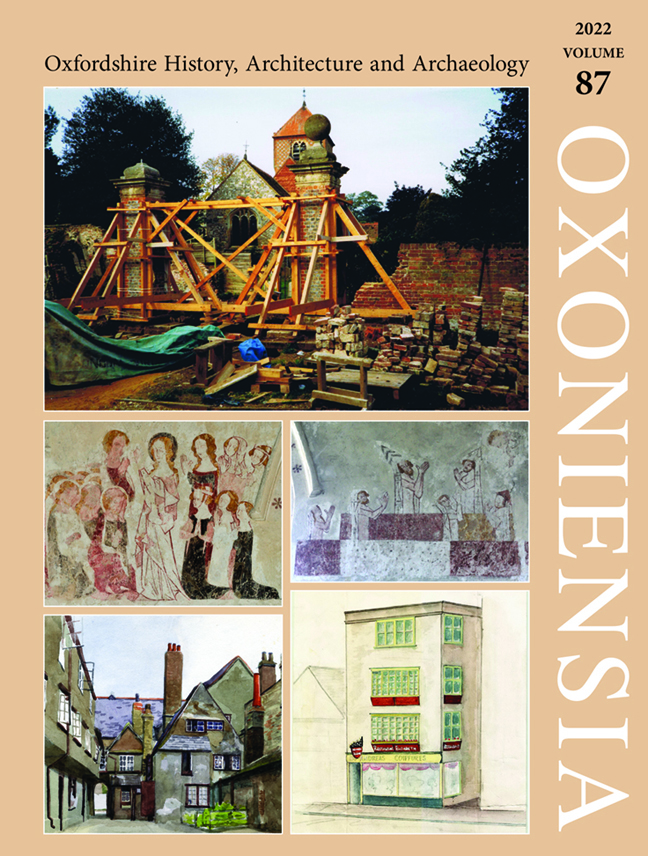David Griffiths and Jane Harrison (eds.), The Archaeology of East Oxford – Archeox: The Development of a Community
Published online by Cambridge University Press: 17 February 2024
Summary
The Archaeology of East Oxford is a report on the context, aims, methods and outcomes of a remarkable community archaeology project. Though based in Oxford, it focused not on the central area of the university city but on a suburb: the land east of the Cherwell river from Magdalen Bridge to the eastern city limits, including the areas of medieval parishes (St Clement’s, Iffley, Cowley, Headington) and Littlemore, and within them modern housing estates (Rose Hill, Donnington, Wood Farm, Barton and Blackbird Leys). Its known archaeology is interesting (including a Roman pottery industry, medieval and later settlements and religious houses, and parliamentary encampments) but not particularly unusual: thus, as a locus for a community archaeology project, it could stand for many suburban areas on the margins of larger towns and cities.
Chapters 1 and 2 introduce the known archaeology and history of East Oxford, set out the project's key research questions, and explain the project's origins. It was devised by the editors of this volume, who are both archaeologists connected with East Oxford. Inspired by the long tradition of extra-mural learning espoused by Oxford University, they wanted to create a community landscape archaeology project which would involve local residents as well as students in new research, including excavations. They sought to offer a much more meaningful participatory involvement for local people than simply attending periodic open days. Three main foci of interest emerged: the development of the pre-modern settlement pattern across East Oxford and the archaeology of two religious sites within it.
Chapter 3 presents the outcomes of investigations into the development of the rural settlement pattern; they included seventy-one test pits, geophysical surveys across larger open spaces such as parks, and a small excavation trench. Well-presented maps of the resulting data enable readers to follow changes over time – as settlements which originated in the later Anglo-Saxon period as a scatter of small hamlets first grew, then contracted after the Black Death (1348–9), then slowly recovered, and then became engulfed by housing in the nineteenth and twentieth centuries.
Chapters 4 and 5 concentrate on the religious sites.
- Type
- Chapter
- Information
- Oxoniensia , pp. 476 - 477Publisher: Boydell & BrewerPrint publication year: 2022

